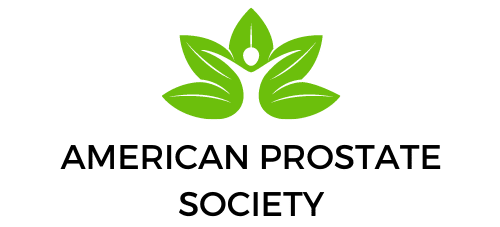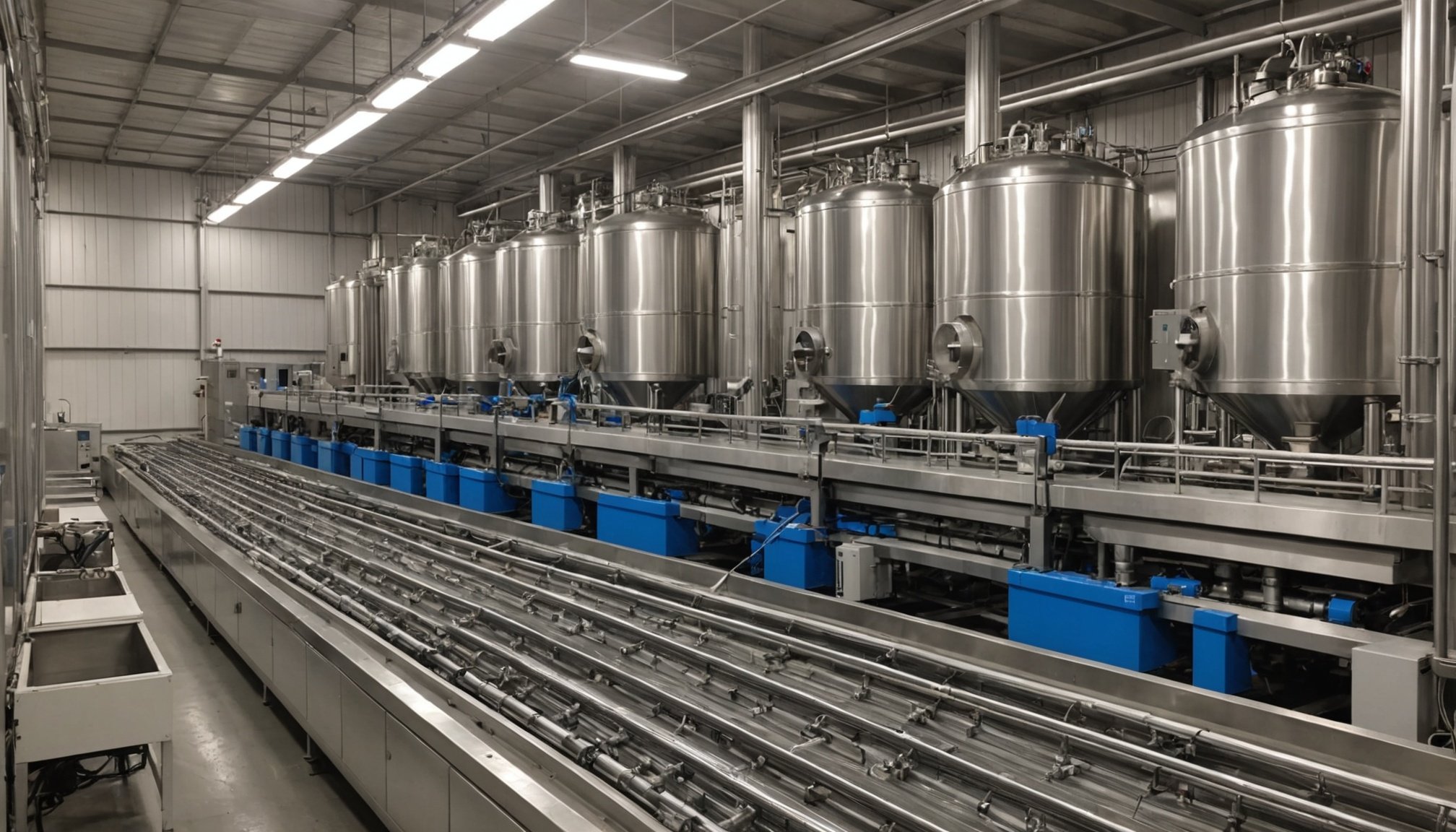Automation transforms hatcheries by streamlining egg handling, incubation, and chick processing. Integrating technologies like Live Embryo Detection and in-ovo vaccination boosts hatchability, animal welfare, and biosecurity. Companies such as Viscon lead with tailored, scalable systems that enhance productivity while ensuring hygiene and sustainability, setting new industry standards for efficiency and flock health management.
Overview of Automated Poultry Hatchery Technologies
Le site https://www.ecat-id.com/en offers a comprehensive page explaining current hatchery automation trends. These systems, such as poultry hatchery automation systems and smart hatchery solutions, are now widely adopted, reflecting their technological maturity.
A lire en complément : Can UK optometrists utilize advanced corneal mapping to improve outcomes in corneal transplant surgeries?
Key advantages include improved hatch rates, lower manual labor demands, and enhanced biosecurity and animal welfare. Viscon Hatchery Automation stands out as a leader, specializing in intelligent solutions that streamline workflows while promoting hygiene and biosecurity. Their innovations—like automated egg handling, in-ovo vaccination, and real-time data analytics—highlight the industry’s move towards fully integrated, sustainable hatcheries.
Furthermore, automation creates significant efficiencies, reducing errors, saving time, and elevating productivity. Notably, technologies such as AI-powered egg grading and contactless sex classification enhance accuracy and operational reliability.
A lire aussi : How can UK clinical pharmacists help manage complex medication regimens in elderly patients with chronic illnesses?
Essential Automation Solutions in Poultry Hatcheries
Egg Handling and Transfer Systems
Automated egg handling increases efficiency by precisely scanning, grading, and sorting eggs using advanced technologies such as AI-powered systems and MRI-based sexing. This process, especially on days 11-12 of incubation, enables contactless classification while preserving egg integrity. Automated egg handling not only ensures consistent grading and sorting but also drastically cuts manual labor and error rates. Smart hatchery solutions, including automated candling machines and robotic chick sorting, streamline egg transfer—moving eggs gently from setter trays to hatcher baskets, minimizing damage and optimizing hatchery workflow optimization.
Incubation Process Automation
Incubation process automation leverages sensor technology in hatchery automation for real-time monitoring of climate, humidity, and temperature. Automated environmental control systems make precise adjustments to sustain the most favourable environment for embryo development. Continuous monitoring of incubation parameters underpins improved chick quality and enhances hatch rate with technology, providing consistent incubation cycles and optimizing hatchery throughput.
Chick Processing and Welfare Automation
Modern poultry hatchery automation systems facilitate gentle handling, automated vaccination in hatcheries, and gender sorting through robotic chick sorting platforms. Workflow ergonomics are improved, reducing labor demands and occupational risk with hatchery labor automation tools. Integrated AI-powered hatchery management supports data-driven hatchery decisions, collecting performance metrics for ongoing process optimization. These innovations standardize hatchery process automation benefits, reinforce biosecurity automation in hatcheries, and directly support improving chick quality with automation.
Advanced Technologies Enhancing Hatchery Productivity
Embryo and Egg Viability Monitoring
Live embryo detection is at the heart of predictive hatchery operations. Using advanced poultry embryo monitoring technology and automated candling machines, hatchery systems like Viscon’s evaluate each egg for viability in real time. This method sharply reduces the risk of non-viable embryo hatching and guides crucial downstream steps such as selective in-ovo vaccination. Modern automated candling machines not only sort eggs with precision but work seamlessly within comprehensive poultry hatchery automation systems. By integrating AI-powered hatchery management and smart sensors for hatcheries, these solutions maintain high standards of quality control, helping operators optimize workforce allocation and reduce manual errors.
In-ovo Vaccination Innovations
Automated vaccination in hatcheries takes efficiency further by targeting only embryos confirmed viable through live embryo detection. Systems like Vinovo rely on integration with robotics in poultry production, delivering vaccines at scale during the incubation process automation phase. These advances directly support improving chick quality with automation, enhancing poultry health through automation, and lowering flock disease risks. The seamless synchronization with hatchery workflow optimization ensures fast, precise intervention while decreasing labor dependence.
Data Analytics and Software Integration
The TREGG Intelligence Suite delivers real-time hatchery data analytics, providing insights across every stage of the incubation process automation cycle. Predictive analytics enable proactive process optimization, allowing for robust hatchery workflow optimization and enhancing productivity with hatchery technologies. Such software platforms streamline operations, unifying data-driven hatchery decisions, and facilitate digital transformation in hatcheries for improved operational consistency and sustainable performance.
Implementation Strategies and Industry Trends
Standardizing the hatchery process is the first step to ensuring reliable automation results. According to the SQuAD approach, precision in automation is measured by how well hatchery workflow optimization and automated egg handling systems reduce errors—using metrics such as consistent data outputs and minimized manual interventions. Leading poultry hatchery automation systems now implement real-time hatchery data analytics and continuous monitoring of incubation parameters. This not only supports process consistency but also helps in identifying areas for further process standardization within large-scale operations.
System scalability is at the heart of modern hatchery layouts. When expanding or retrofitting, facilities must prioritize modular solutions—automated candling machines, robotic chick sorting, and smart sensors for hatcheries—that allow incremental upgrades, lowering costs and disruption. Poultry egg incubation technology and AI-powered hatchery management platforms ensure that, as business scales, so do data-driven hatchery decisions, maintaining operational efficiency.
Evaluating automation ROI requires detailed analysis: investment in energy-efficient hatchery equipment and biosecurity automation in hatcheries quickly leads to measurable benefits, such as lower labor costs and reduced chick mortality. Integrating IoT in poultry hatcheries and wireless monitoring enables predictive maintenance for hatchery machinery, optimizing uptime and long-term profits. Industry trends highlight remote hatchery management, digital hatchery record-keeping, and real-time hatchery data analytics as fundamental to achieving enduring automation ROI and future-proofing operations.
Enhancing Productivity with Hatchery Automation Technologies
Precision improves efficiency: in poultry hatchery automation systems, automated egg handling accelerates daily throughput while minimizing breakage and labor costs. Incubation process automation maintains optimal temperatures and humidity, relying on smart sensors for hatcheries to ensure a consistent environment for embryos. This constant monitoring means fewer manual adjustments, leading to more stable hatching conditions and increased chick viability.
Poultry embryo monitoring technology, such as real-time hatchery data analytics and AI-powered hatchery management, detects embryo development changes without disturbing the eggs. This reduces chick mortality with automation and supports predictive maintenance for hatchery machinery. By integrating robotics in poultry production, hatcheries increase accuracy in processes such as automated egg grading and robotic chick sorting, which further lowers human error and contamination risks.
Automated vaccination in hatcheries uses in-ovo methods to target only viable embryos, as demonstrated by innovations like Live Embryo Detection. These systems also support automated environmental control and humidity control technology, reducing energy consumption in hatcheries for more sustainable operations.
Digital hatchery record-keeping and data-driven hatchery decisions help owners track hatchery efficiency metrics and optimize production. Overall, smart hatchery solutions, from automated cleaning systems to synchronized incubation cycles, provide a route to standardized, scalable, and efficient chick production.










